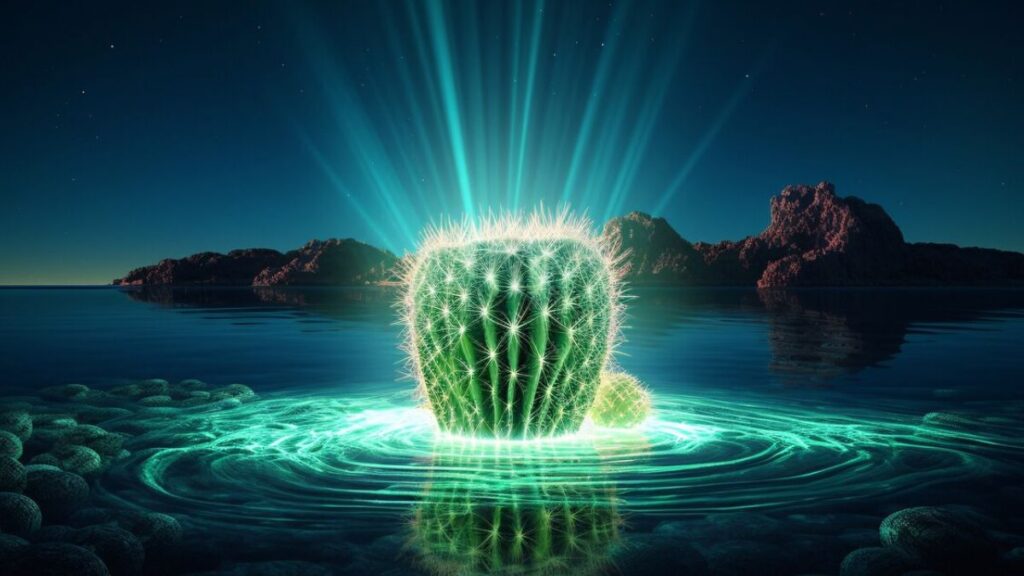Hydra, a genus of simple yet fascinating freshwater invertebrates, has captivated the scientific community for centuries. Belonging to the phylum Cnidaria and class Hydrozoa, these organisms are renowned for their regenerative abilities, unique feeding mechanisms, and ecological significance. Despite their microscopic size, hydras play a pivotal role in freshwater ecosystems and have become invaluable models in biological research.
1. Taxonomy and Classification
Hy dra species are classified within the phylum Cnidaria, which includes other well-known organisms such as jellyfish and sea anemones. The genus Hydra encompasses approximately 20 to 30 species, each exhibiting slight variations in morphology, coloration, and habitat preferences. These species are predominantly found in unpolluted freshwater environments across Europe, Asia, and the Americas.
2. Morphology and Anatomy
Hydras possess a simple, tubular body structure that can extend up to 15 mm in length. Their bodies are radially symmetrical and consist of two primary cell layers: the ectoderm and the endoderm. At the oral end, hydras have a mouth surrounded by tentacles equipped with specialized stinging cells called nematocysts. These tentacles are used for capturing prey and defense. The aboral end features a basal disc, which secretes adhesive substances allowing the hy dra to attach to substrates like rocks, aquatic vegetation, or debris.
3. Habitat and Distribution
Hy dras are predominantly found in clean, unpolluted freshwater habitats. They thrive in ponds, lakes, and slow-moving streams, attaching themselves to submerged surfaces. Their presence is often an indicator of water quality, as they are sensitive to pollution and typically absent from contaminated waters.
4. Feeding Behavior
Hy dras are carnivorous predators that feed on small aquatic invertebrates such as Daphnia, Cyclops, and insect larvae. Their tentacles, when extended, can be several times the length of their body. Upon contact with prey, nematocysts discharge toxins that paralyze the prey, allowing the hydra to envelop and ingest it. Digestion occurs in the gastrovascular cavity, and indigestible remains are expelled through the mouth.
5. Reproduction
Hydras exhibit both sexual and asexual reproduction. Asexually, they reproduce through budding, where a new individual forms as an outgrowth from the parent and eventually detaches. Sexual reproduction involves the formation of gametes; eggs and sperm are produced in separate gonads, and fertilization leads to the development of a zygote. Some species can also produce dormant eggs that can withstand adverse conditions.
6. Regeneration and Longevity
One of the most remarkable features of hydras is their regenerative capability. They possess multipotent stem cells distributed throughout their body, enabling them to regenerate entire individuals from small fragments. This regenerative ability has made hydras a subject of extensive research in developmental biology.
7. Ecological Role
In freshwater ecosystems, hydras play a crucial role in controlling populations of small invertebrates, thus maintaining the balance of the food web. Their presence can influence the abundance and diversity of other species, and they serve as prey for larger organisms. Additionally, hydras are sensitive to environmental changes, making them useful bioindicators for assessing water quality.
8. Research Significance
Hy dras have become model organisms in various fields of biological research. Their simple body plan, regenerative abilities, and the presence of stem cells make them ideal subjects for studying developmental processes, aging, and tissue regeneration. Research on hydras has provided insights into the molecular and cellular mechanisms underlying these phenomena.
9. Conservation and Environmental Indicators
Due to their sensitivity to environmental changes, hydras serve as valuable indicators of ecosystem health. Their absence from a habitat often signals pollution or other adverse conditions. Conservation efforts aimed at protecting freshwater habitats indirectly benefit hydra populations, thereby supporting biodiversity and ecosystem stability.
10. Conclusion
Hydras, though microscopic, are integral components of freshwater ecosystems. Their unique biological characteristics, ecological roles, and significance in scientific research underscore their importance. Understanding hydras not only enhances our knowledge of aquatic life but also informs conservation strategies and ecological studies.


